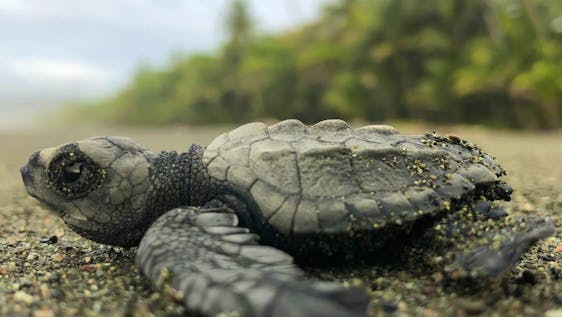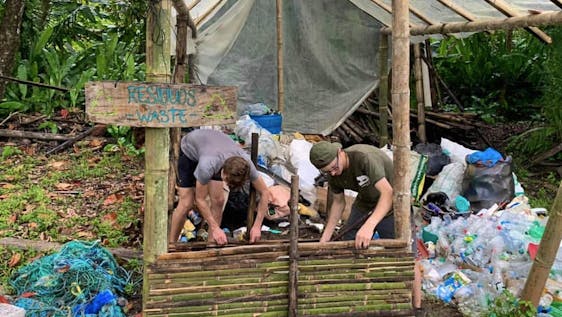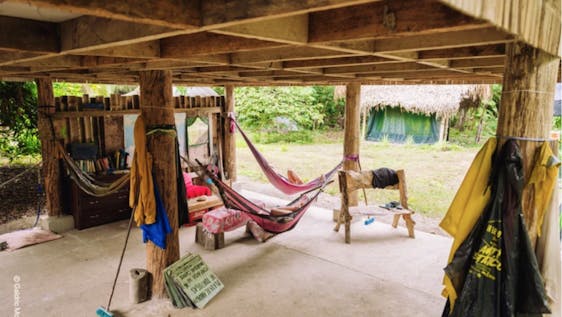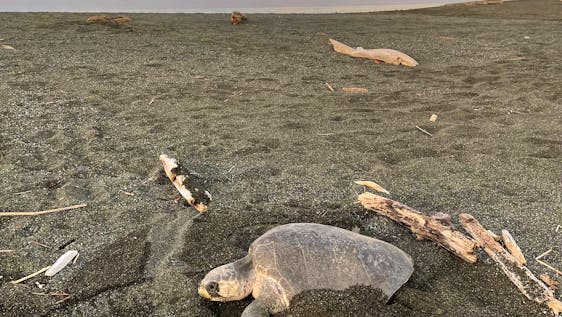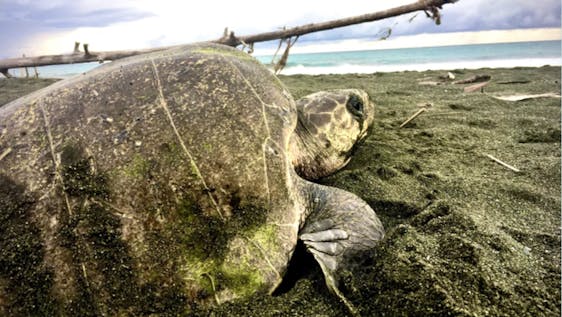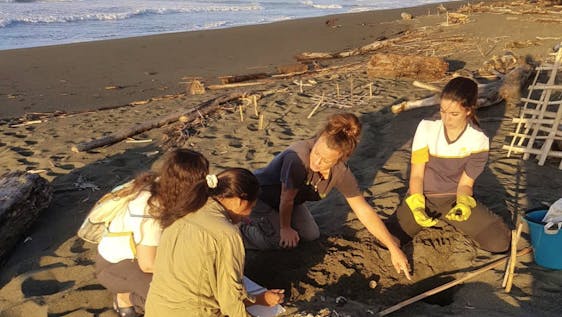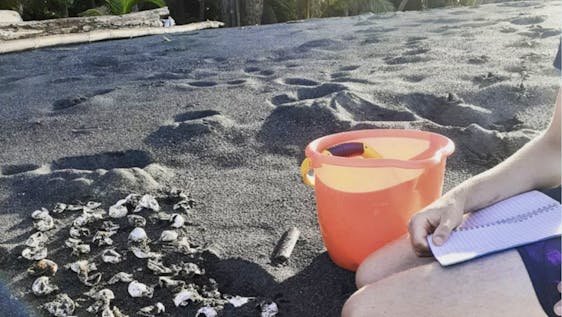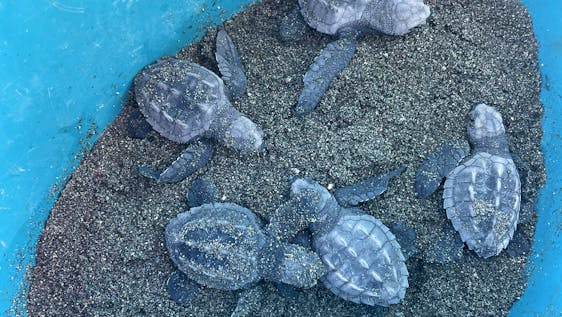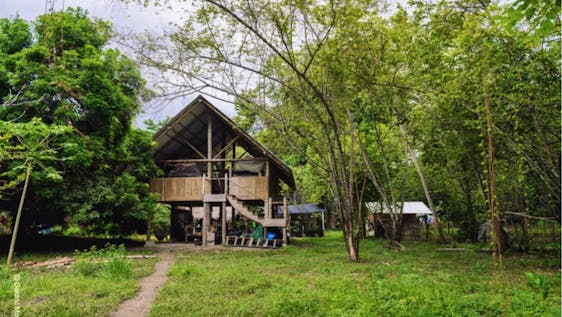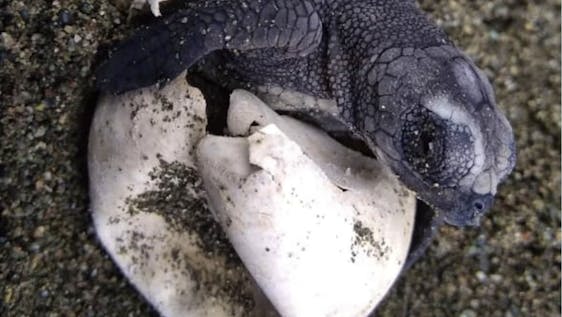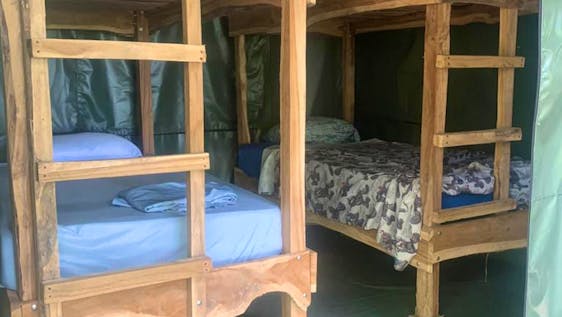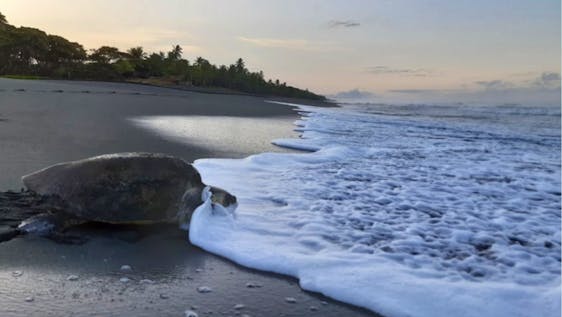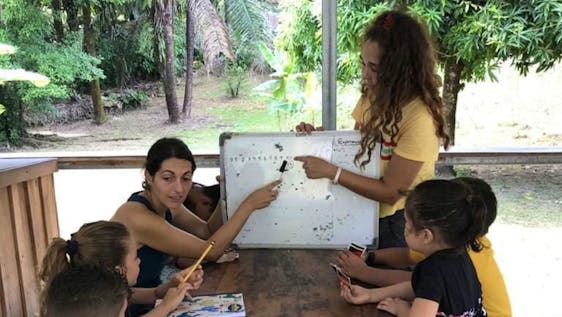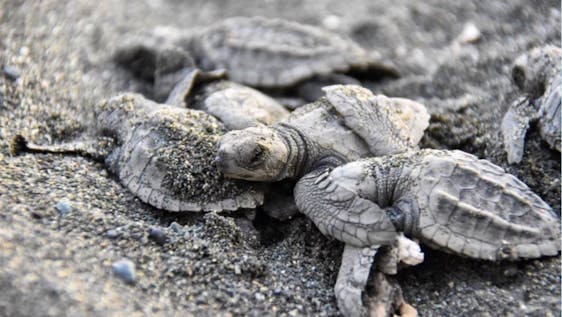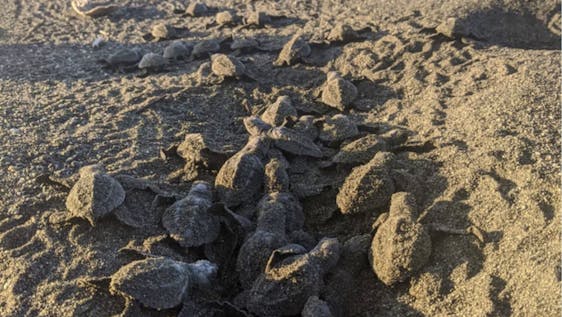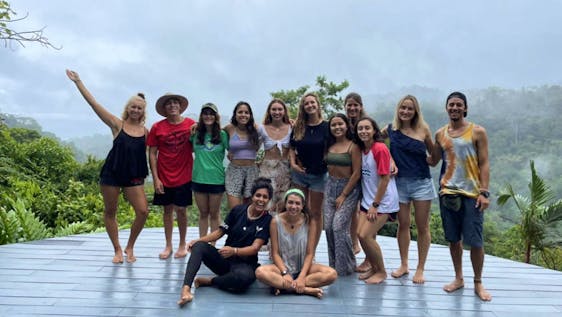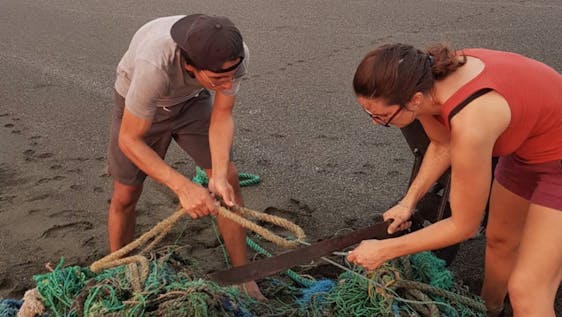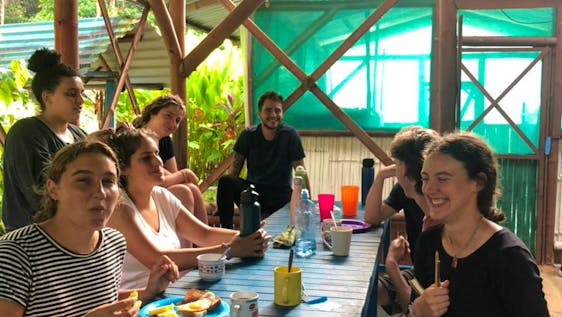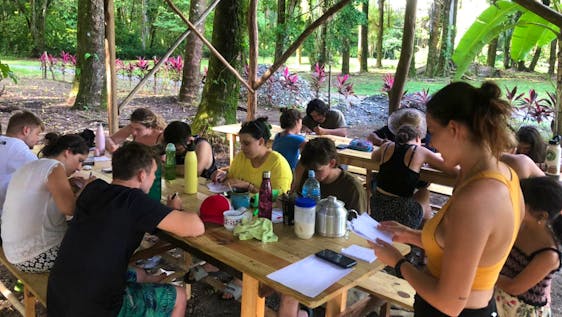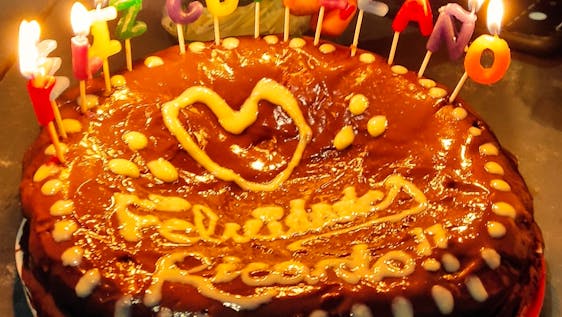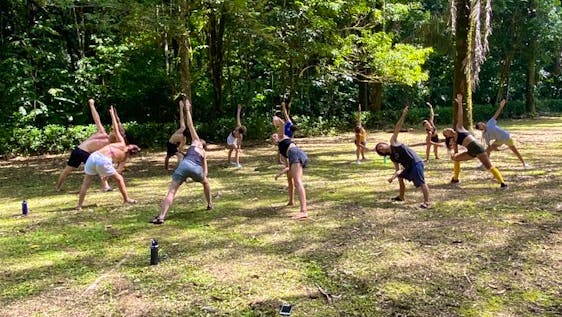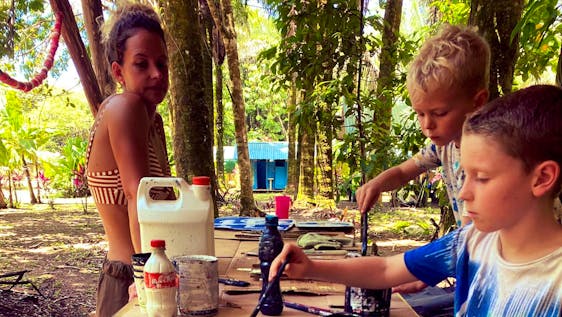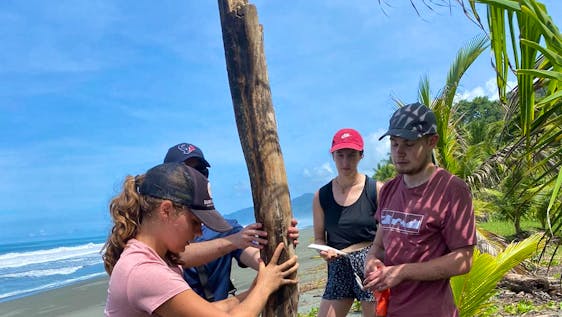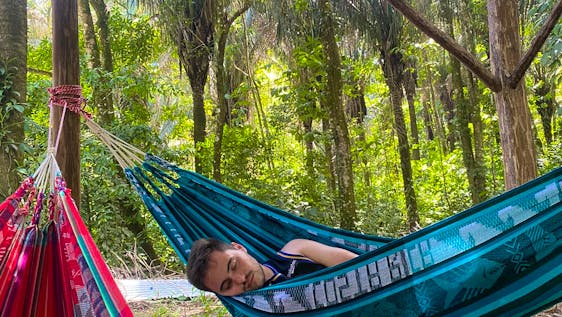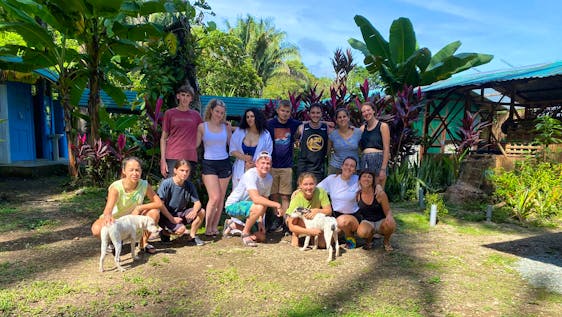Who we are?
We are a community driven sea turtle conservation project on some of the busiest beaches in the South Pacific region of Costa Rica.
What we do?
We patrol our beaches for nesting mother turtles. We have both olive ridley and green sea turtles nesting on our beaches, least we we recorded almost 7,000 nests! We work to collect data on the populations and protect the nests. This is not our only focus, we also work with our local community to develop and improve the local area through sustainability projects (plastic and food) as well as giving English lessons and support to our local community.
Where we work?
We are based on the incredibly biodiverse Osa Peninsula on the Pacific coast of Costa Rica. Our camp is around 100m from the beach, and nestled in surrounding secondary rainforest. It is a safe area with very few people around, we are often the only ones on the beach. There are no special health requirements to visit the area.
Our mission
We strive to protect the sea turtle populations in our area whilst enhancing the scientific knowledge of these populations and the prosperity of the local community.
Our goals
- Increase scientific reports of the sea turtle populations in this area
- Improve livelihoods and sustainability of local communities
- Protect the populations of sea turtles nesting on our beaches
- Upcycle plastic from our beaches to create an income for local community members.
Who are we looking for?
People who want to experience this amazing environment and help protect it whilst working within the local community. Good physical fitness and capacity to work in a hot and humid environment. Sea turtles are mainly active at night, which means we need volunteers that are happy to work late nights and early mornings.
Why choose us?
With our large turtle nesting populations you are practically guaranteed to see turtles in your stay with us whilst also being able to get fully involved in all of our conservation and community work.


